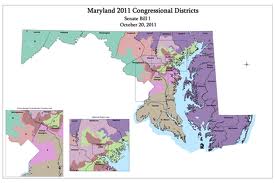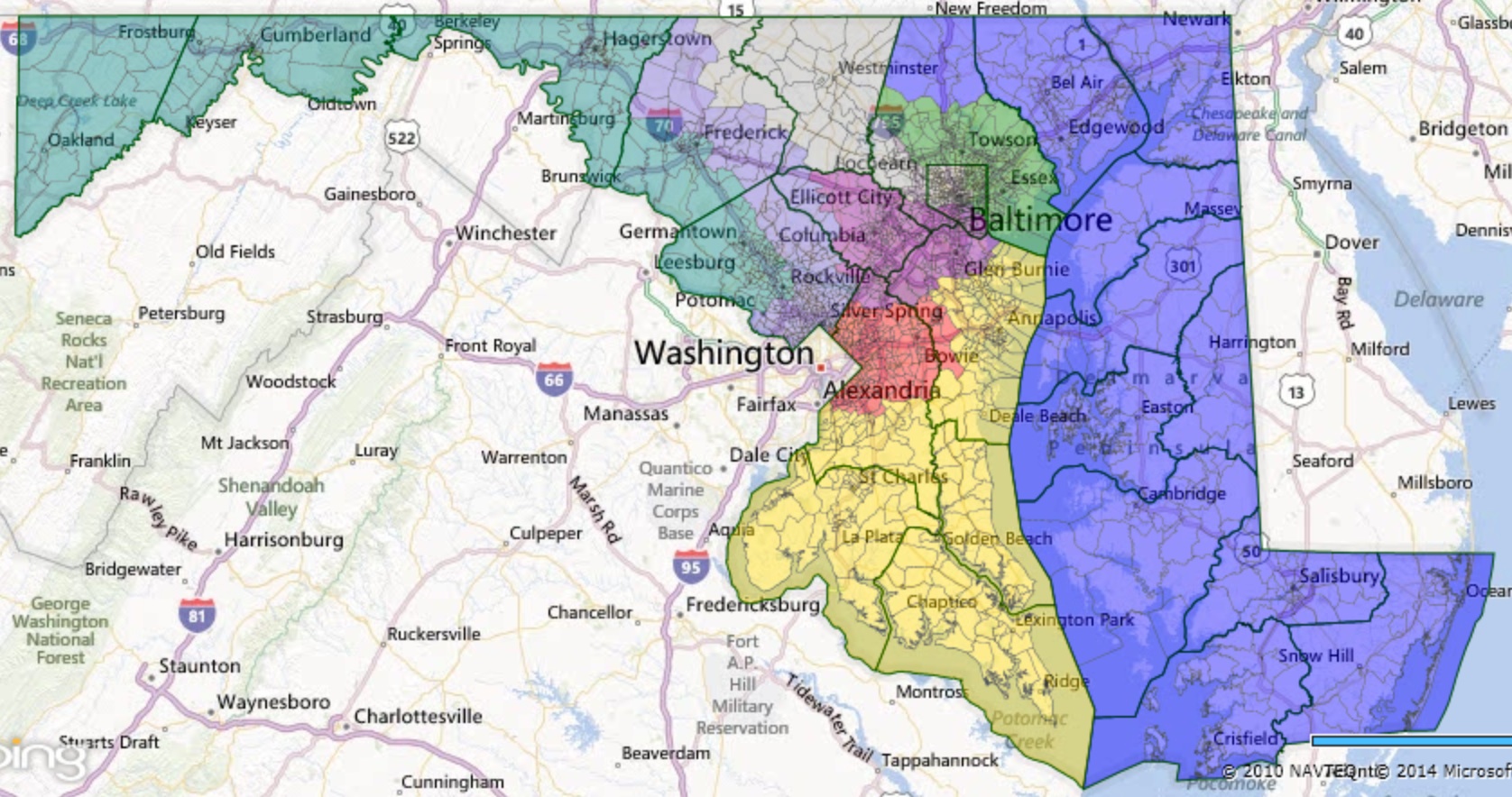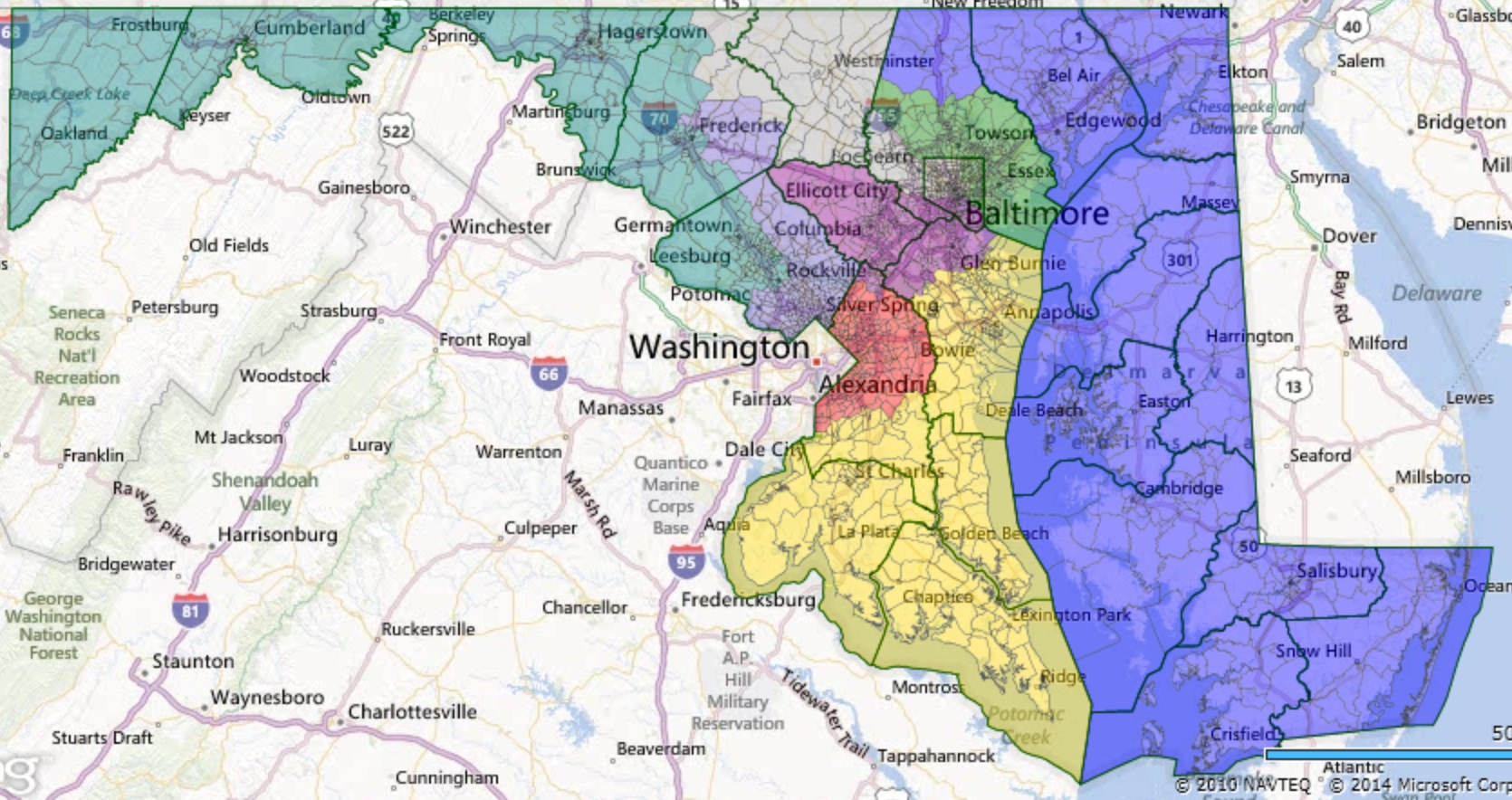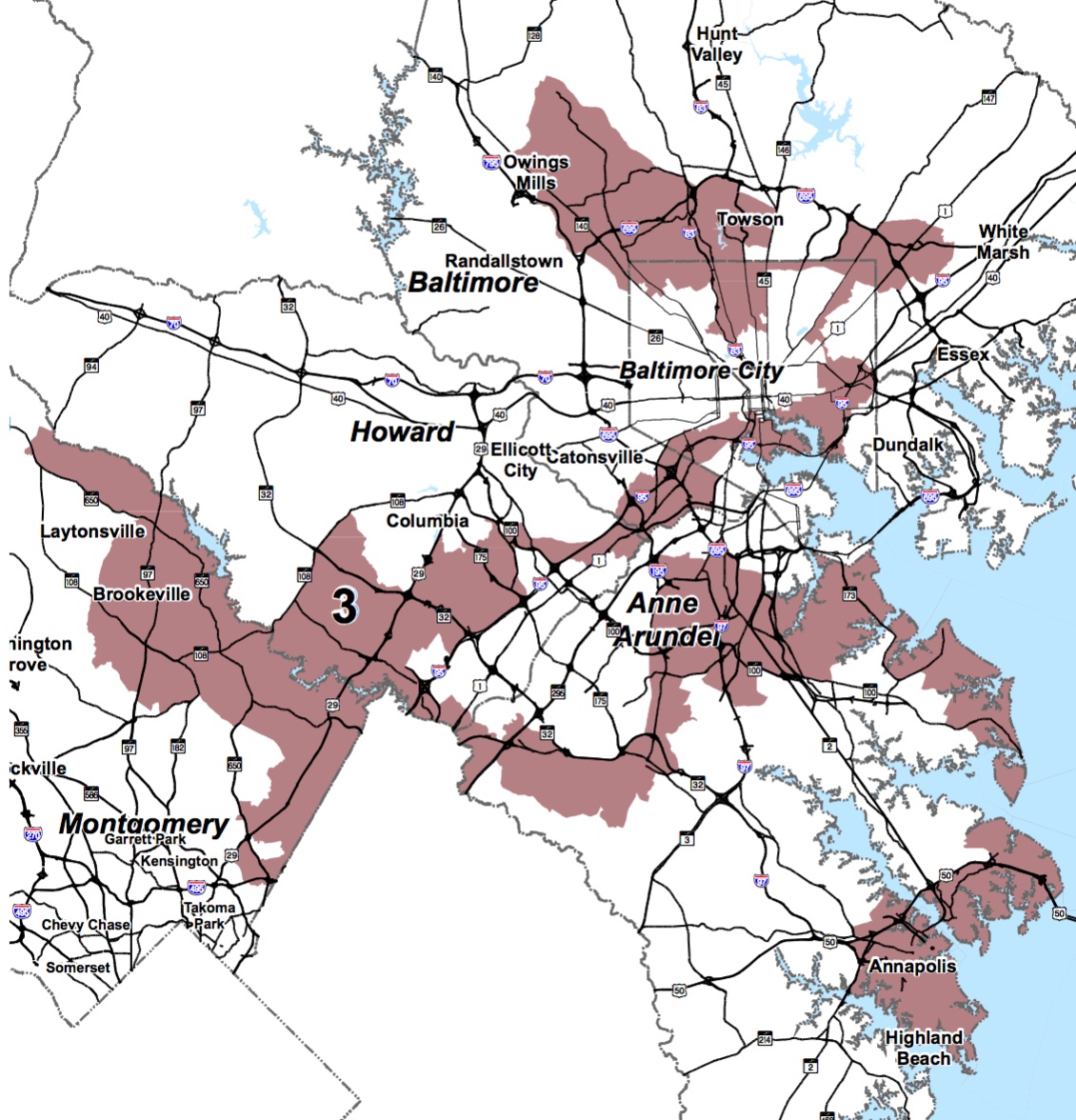Chris Van Hollen Takes on FOX News
I had wondered if Chris Van Hollen might play Hamlet and have a tough time making a decision on whether or not to enter the Senate race. After all, he ranks high in the House Leadership and was tipped as a strong candidate for Speaker. But I didn’t have to wonder for long. Rep. Van Hollen acted decisively and entered the race.
He brings a lot of major advantages to his candidacy.
Strong Montgomery Base
Chris Van Hollen’s base in Montgomery is strong and large. Thanks to redistricting, he has represented most of it at one time or another. While we have many well-liked pols, Chris is the most widely popular and respected. Put another way, his is the endorsement that most state legislative candidates in the County want on their mailers.
He will have a large army of loyal and excited volunteers, including many who worked on his congressional campaign. Equally important, he already has very smart advisers such as Joan Kleinman and Karen MacManus. Like so many originally from Louisiana, Karen has very quick political sense and a formidable ability to organize and get things done.
Money
Van Hollen’s campaign will be very well funded. The Sun reported that he already has $1.7 million cash-on-hand. As a former head of the DCCC, his network could hardly be more extensive. Having raised so much money for many his colleagues, he may benefit from their support is well.
Record and Skill Set
But the most important advantage held by Van Hollen is that many see him as the full package: a policy wonk who can also strategize and communicate. He has always been fast on his feet challenging Republicans on the floor or on television. Equally important, he conveys the Democratic message in an appealing and completely understandable way.
And Rep. Van Hollen doesn’t do this by temporizing. He is unafraid to stand up for progressive priorities, such as when he opposed the CROmnibus. Just watch one of many examples in the above clips in which he wins the debate not just intellectually but in terms of communication even on FOX.
Like Sen. Barbara Mikulski, he is good at looking after the home team as well. For example, he worked to secure at $15 million federal grant that allowed 14 Maryland community colleges to train workers in cyber security. Another $300K federal grant helped to provide “technical training to veteran-owned businesses seeking federal procurement opportunities.”
Challenges and Overlap with Other Candidates
Some fear that he may suffer from the same problem as Mike Barnes did when he ran for Senate in 1986. Rep. Barnes carried Montgomery handily but failed to make inroads elsewhere. A key difference from 1986 is that Mikulski had already run for Senate in a general election. Though she lost that uphill race against Sen. Mac Mathias, she gained both credibility and name recognition. No sitting representative in Maryland has that advantage.
Nonetheless, Chris will have to break out of Montgomery. He has represented portions of other counties. His connections from his days in the state legislature may also help these efforts. It will also aid the Van Hollen campaign if other Montgomery based candidates like John Delaney and Heather Mizeur stay out of the race.





